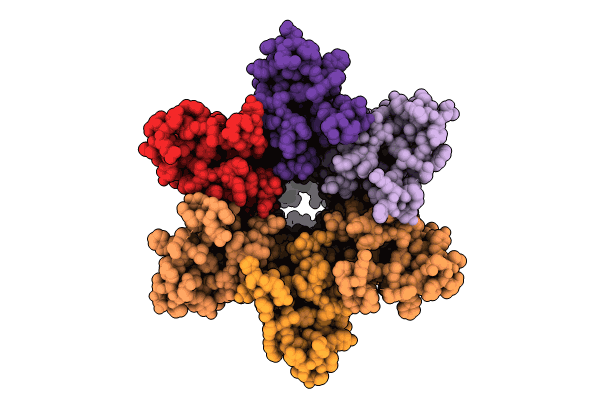
Deposition Date
2023-08-22
Release Date
2024-06-12
Last Version Date
2024-11-20
Entry Detail
PDB ID:
8QA2
Keywords:
Title:
Cryo-EM structure of Cx26 solubilised in LMNG: classification on subunit A; Nconst-mon conformation
Biological Source:
Source Organism:
Homo sapiens (Taxon ID: 9606)
Host Organism:
Method Details:
Experimental Method:
Resolution:
2.30 Å
Aggregation State:
PARTICLE
Reconstruction Method:
SINGLE PARTICLE


